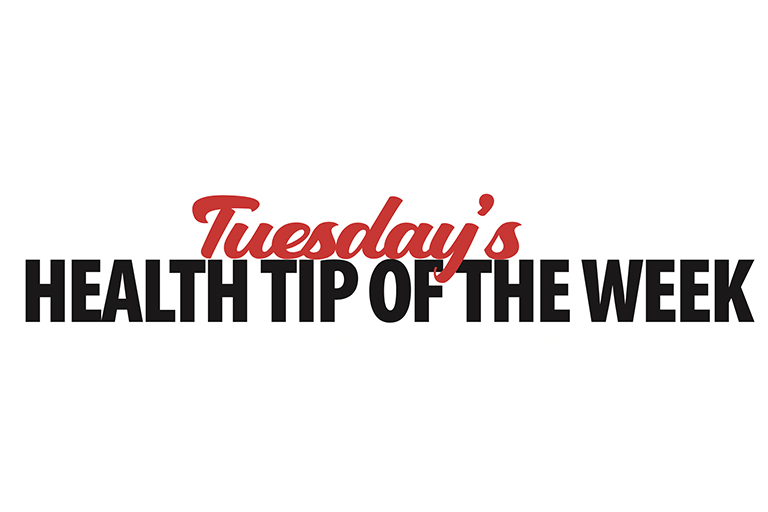Century Park Blog

Despite increases in awareness over the past decades, only about half (56%) of women recognize that heart disease is their number 1 killer.
Learn more facts about women and heart disease:
- Heart disease is the leading cause of death for women in the United States, killing 314,186 women in 2020—or about 1 in every 5 female deaths.
- Heart disease is the leading cause of death for African American and white women in the United States. Among American Indian and Alaska Native women, heart disease and cancer cause roughly the same number of deaths each year. For Hispanic and Asian or Pacific Islander women, heart disease is second only to cancer as a cause of death.
- About 1 in 16 women age 20 and older (6.2%) have coronary heart disease, the most common type of heart disease:
- About 1 in 16 white women (6.1%), black women (6.5%), and Hispanic women (6%)
- About 1 in 30 Asian women (3.2%)
What are the symptoms of heart disease?
Although some women have no symptoms, others may have
- Angina (dull and heavy or sharp chest pain or discomfort)
- Pain in the neck, jaw, or throat
- Pain in the upper abdomen or back
These symptoms may happen when you are resting or when you are doing regular daily activities. Women also may have other symptoms, including
- Nausea
- Vomiting
- Fatigue
Sometimes heart disease may be “silent” and not diagnosed until you have other symptoms or emergencies, including
- Heart attack: Chest pain or discomfort, upper back or neck pain, indigestion, heartburn, nausea or vomiting, extreme fatigue, upper body discomfort, dizziness, and shortness of breath
- Arrhythmia: Fluttering feelings in the chest (palpitations)
- Heart failure: Shortness of breath, fatigue, or swelling of the feet, ankles, legs, abdomen, or neck veins
If you have any of these symptoms, call 9-1-1 right away.
What are the risk factors for heart disease?
High blood pressure, high LDL (low-density lipoprotein) cholesterol, and smoking are key risk factors for heart disease. About half of all people in the United States (47%) have at least one of these three risk factors.
Several other medical conditions and lifestyle choices can also put people at a higher risk for heart disease, including
- Diabetes
- Having overweight or obesity
- Eating an unhealthy diet
- Physical inactivity
- Drinking too much alcohol
How can I reduce my risk of heart disease?
To lower your chances of getting heart disease, it’s important to do the following:
- Know your blood pressure. Having uncontrolled blood pressure can lead to heart disease. High blood pressure has no symptoms, so it’s important to have your blood pressure checked regularly. Learn more about high blood pressure.
- Talk to your doctor or health care team about whether you should be tested for diabetes. Having uncontrolled diabetes raises your risk of heartdisease.
Learn more about diabetes.
- Quit smoking. If you don’t smoke, don’t start. If you do smoke, learn ways to quit.
- Discuss checking your blood cholesterol and triglycerides with your doctor. Learn more about cholesterol.
- Make healthy food choices. Having overweight or obesity raises your risk of heart disease. Learn more about overweight and obesity.
- Limit how much alcohol you drink to one drink a day. Learn more about alcohol.
- Manage stress levels by finding healthy ways to cope with stress. Learn more about coping with stress.



